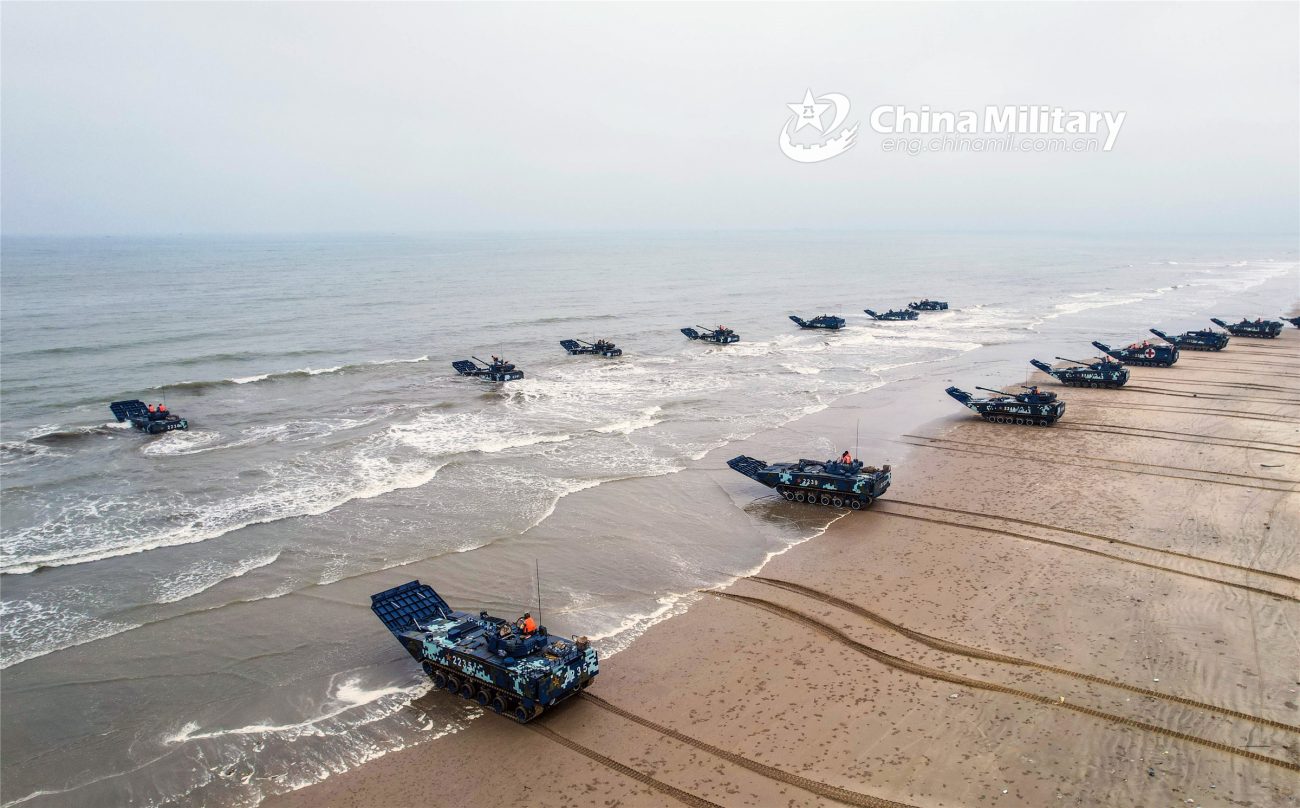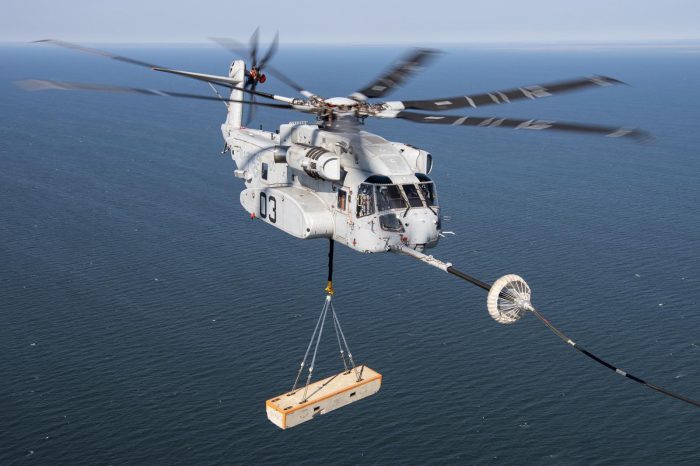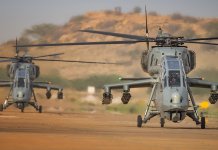The US Marine Corps’ Force Design (FD) 2030 concept pioneered by its Commandant, General David Berger, faces “wicked” logistical issues in keeping the dispersed Marine Littoral Regiments supplied with war materials.
It is a massive drawback in a promising concept that aims to fight China inside its Anti-Access/Area Denial bubble.
In a webinar organized by the Stimson Center, General Eric Smith, Assistant Commandant of the United States Marine Corps (USMC), called it a “pacing challenge” and “dirty secret” no one wants to talk discuss.
EurAsian Times had reported how the FD-2030 envisages small, mobile US Marine Corps units spread out across the first island chain and on islands controlled by friendly nations in the East and South China Seas to undertake ‘long range fires’ on Chinese military and air assets.
Facing an admitted disadvantage before its DF-21D and DF-23 missiles that keep large US combatants like aircraft carriers and other surface combatants from getting close, FD-2030 also aims to fit in with the US Navy’s Distributed Maritime Operations (DMO).
US Navy’s DMO requires a more extensive 500-ship fleet with smaller semi-autonomous/unmanned vessels and an expanded logistics force. It cuts large carriers and big surface combatants while taking routine loads off them to spread out, get close, and hit China inside the A2/AD bubble.
But it doesn’t address the existing ‘away disadvantage’ that prevents the US from sustaining a high-intensity conflict where it cannot rapidly resupply and reinforce its air, naval and coastal forces, especially if the war drags on.
China, fighting from the home front, will likely turn any initial tactical and even strategic losses by more solidly replenishing its forces with fuel, food, and fire.
Besides, Pentagon-commissioned wargames by the Rand Corporation have repeatedly ended in the devastating US and Taiwanese defeats, overwhelmed by thousands of Chinese boats, planes, missiles, and drones.

“Logistics is the pacing challenge. We don’t have the logistics capability to work what we have now. We cannot rely on big, heavy platforms to be loaded on a strategic lift on 30 days’ notice while we waddle our way in to support. Force Design 2030 makes the problem less since it relies on lighter, mobile, smaller forces,” Smith said.
Solidifying mutual defense treaties with allies like Japan and South Korea is one way to preposition forces on islands controlled by them, for instance, the Ryukyus with basing agreements.
Philippine-controlled islands in the Scarborough Shoal are another area where the US bases its forces as a part of the Visiting Forces Agreement (VFA).
But prepositioning other infrastructure is different, and basing “lethality” like Naval Strike Missiles and Tomahawks – to be fired from the ground as part of the USMC’s Ground-Based Anti-Ship Missile (GBASM) program – is the challenge that the Corps’ in-house capability cannot yet meet.
Neither can it depend on the Military Sealift Command, which cannot bring non-warship logistics vessels inside the enemy’s weapons engagement zone.
Smith, therefore, raised the need for 31 traditional amphibious ships exclusively for the USMC (10 big decks and 21 Landing Platform Docks), an additional squadron of KC-130J planes, and an “appropriate” amount of CH-53 K’ Super Stallion helicopters and MV-22 ‘Osprey’ tilt rotorcraft.

Meanwhile, the non-weapon component of the logistics is being pushed to be met by ‘contracting officers,’ who locally source materials like gravel, road transport, food, and fuel.
However, this has been severely criticized as “expeditionary foraging.” Smith defends the mechanism saying it saves the strain on the existing logistics infrastructure ferrying material between the second and first island chain. Smith weighs the risk lesser than the need to “blunt” the enemy attack in the first few days.
“It doesn’t mean the Marine units have to beg with ‘tin cups’ asking for handouts,” he adds. The USMC is also reorganizing its logistics battalions to cater to the small 80 to 100 strategically placed and disaggregated Marine units.
A platform Smith and his boss, USMC Commandant General David Berger, are pinning their hopes on is the Light Amphibious Warship (LAW) – of which 35 are needed – to meet its transporting and logistics needs.
But the LAW is being rejected for being slow and detectable before highly advanced Chinese surveillance and reconnaissance capabilities and long travel times of one to two weeks from Hawaii to the first island chain.
Smith counters the criticism saying it then makes redundant every other weapons platform, from a tank, an aircraft carrier to a jet, since each could be taken down.
With tensions over Taiwan reignited again as the US promised to defend it and China declared the Taiwan Straits as its territorial waters, Washington seems to be still in a planning and experimentative stage, far from being ready for a full-blown war.
- The author can be reached at satamp@gmail.com
- Follow EurAsian Times on Google News




